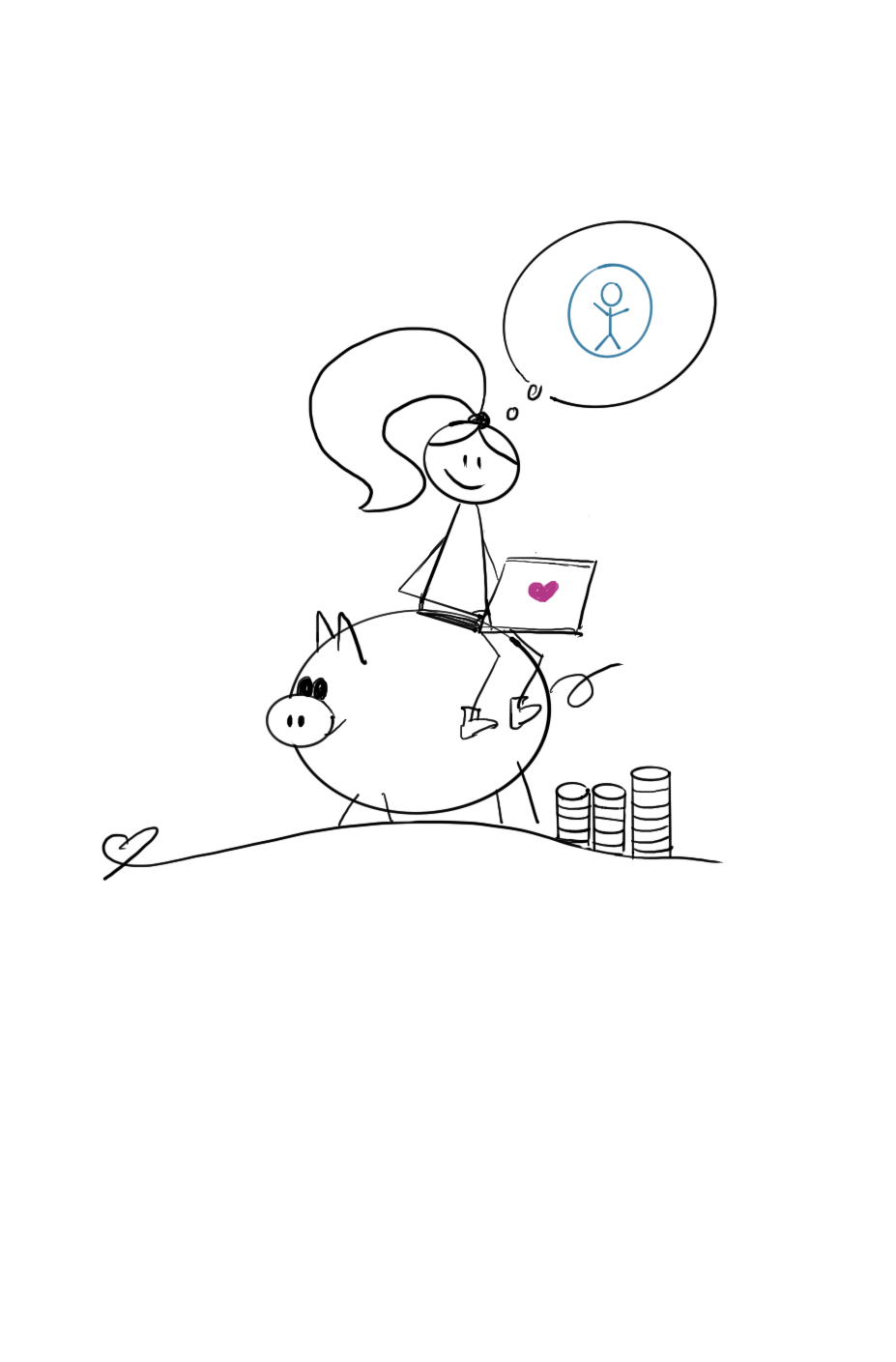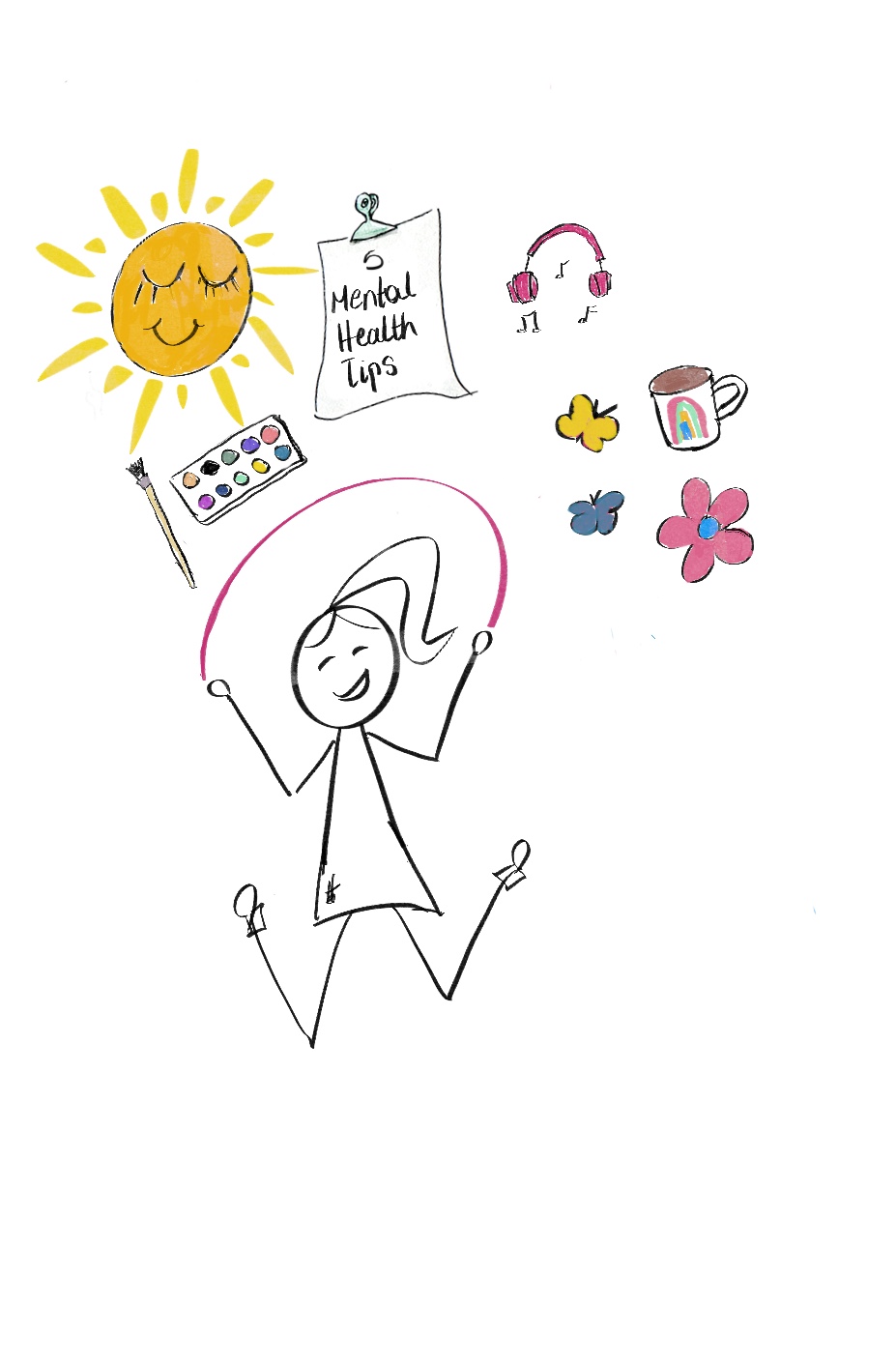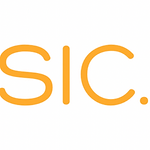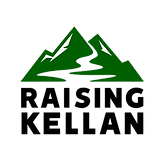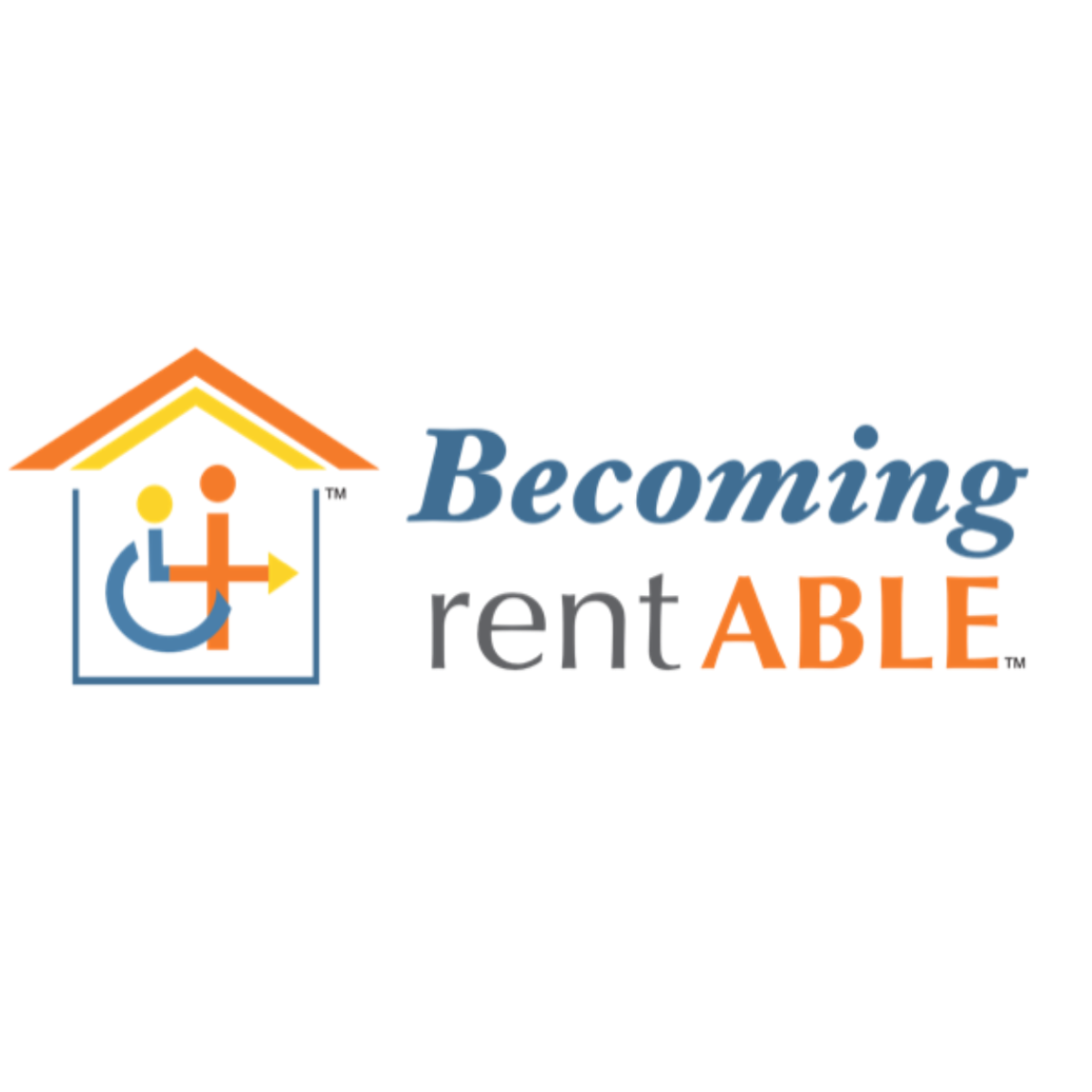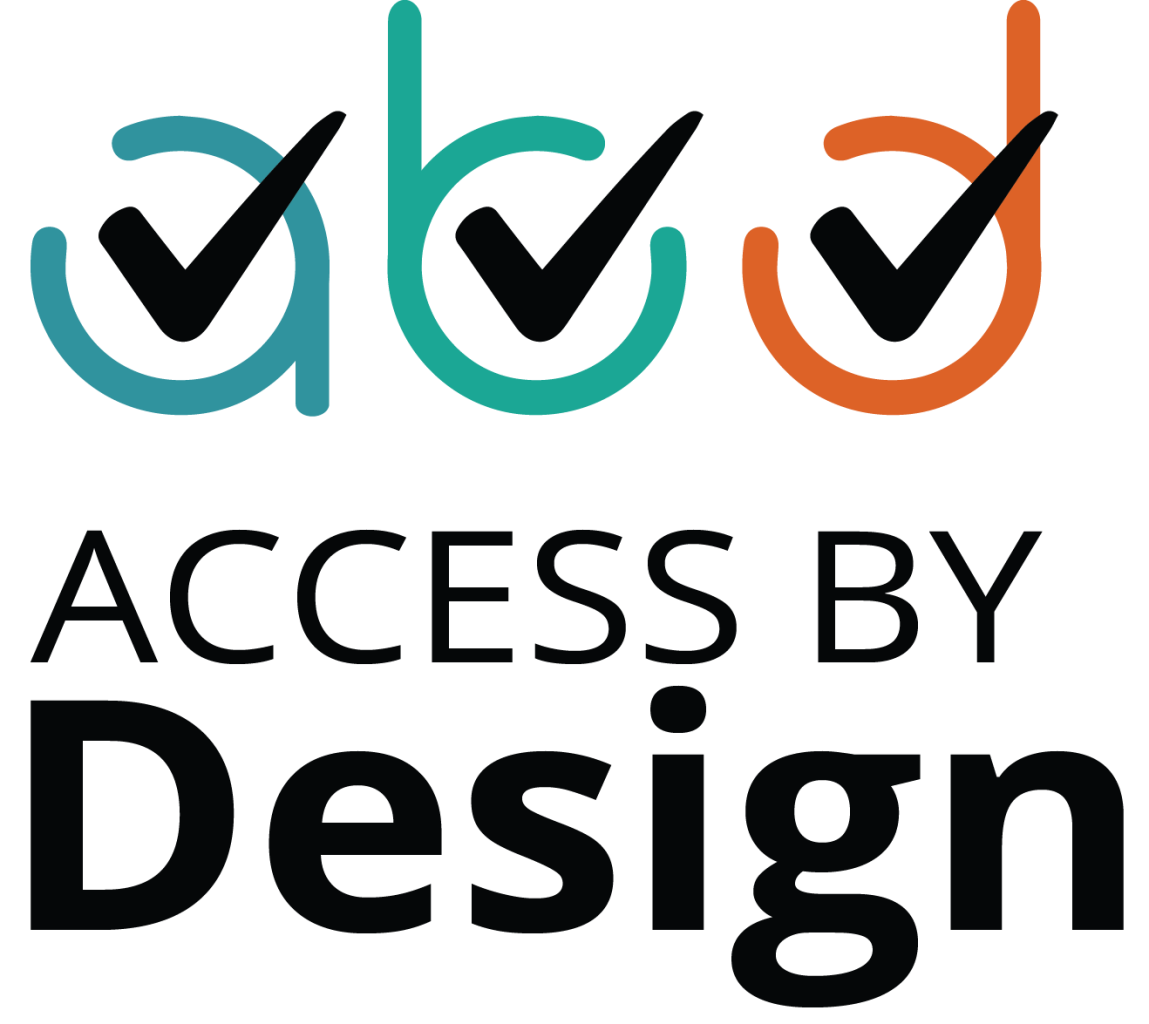5 Expert Mental Health Tips for Children With Cerebral Palsy
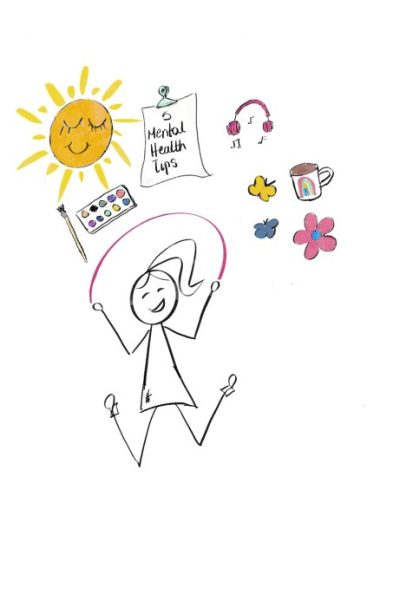
You knew this day would come.
You just didn’t think it would be so soon.
And now, you’re facing something that often gets overlooked. Sometimes, even ignored by doctors, teachers, parents, and your own children.
Mental health.
So, how do you empower mental health for your child with Cerebral Palsy?
I spoke with experts and parents who’ve experienced this firsthand, and these are their top five mental health tips.
1. Encourage a bright future
The truth is, when you’re raising a child with Cerebral Palsy, it’s easy to picture a future that feels tough and full of limits.
Even parents shift the focus and try to manage behavior instead of helping children grow their independence.
And when expectations stay low, kids start to believe it too.
They feel like they’re not good enough before they even have a chance.
One example is Briane, a 32 year old woman with mild spastic diplegia who shared her experience:
“I'm 32 and I am just now working on driving because my family didn’t want to let me try driving to school. There was zero encouragement, only fear and anxiety that I would kill someone when they hadn't even taken me to an empty parking lot to test perception or anything."
So, when I did get behind the wheel, I had panic attacks and full-on meltdowns.
Don’t let this be you.
A big part of your child's mental health comes down to how much they feel.
Encouraged. Supported. And, loved.
This makes all the difference in how they handle what life throws at them.
So go ahead, give your child as many opportunities to experience life to its fullest.
2. Team up with teachers for a custom learning strategy
Kids with Cerebral Palsy don’t just deal with challenges at home, they also miss a lot of school because of health issues.
And missing school can make it even harder to keep up with learning and staying involved.
Jeremy D. Finn, a psychologist and professor at SUNY, said:
“The way students connect and engage with their school environment, with their peers, and with materials, shapes how they experience school.”
In other words, it’s not just about wanting to participate.
Children thrive when they can choose how they want to be involved.
But for kids with Cerebral Palsy, gaining independence can be tricky.
Some kids are only a little affected, while others face bigger challenges.
That’s why it’s so important to get as much information as you can to build a plan that actually fits your child.
Is your child high tone or low tone? Are they walking independently, using a walker, or a wheelchair? Do they speak verbally, or use a communication device? Do they have a visual disability?
Work closely with their teachers and their therapy team and set the right goals for them.
In my experience as a teacher for students with visual impairements (TVI), progress isn’t just about grades or test scores.
It’s in the small, meaningful wins that build real independence, and empower mental health.
Like learning to use a communication device. Taking their first steps with adaptive gear. Or finding what activity lights them up inside.
Every milestone — every shaky first step, a new word spoken, or a spark of excitement while trying something new, reflects grit, creativity, and the power that comes from having the right people cheering them on.
So offer your child different ways to learn.
This might look like a combination of homeschooling and public school, or attending private school.
If you want to learn more about Individualised Educational Programs (IEPs) visit Kids Health.
Whatever path you take, build a foundation that feels steady, safe, and strong enough to lift their mental health and confidence as they grow.
3. Make Space for Fun, Growth, and Mental Health
I know the feeling.
Between managing daily life, worrying about mental health, and juggling school stuff, fun and downtime barely get noticed.
But the truth is, fun matters too.
Swimming, painting a messy picture, joining a soccer club, or just hanging out with friends — these moments build skills, boost mental and physical health, uncover hidden talents, and create real, lasting friendships.
When your child does what they love they can figure out who they are, how to take charge at home, at school, and in the community.
And, if you’re running out of ideas (or just feeling burnt out from trying to plan everything), helping your child start a hobby can take a huge load off.
Here are some examples that I love:
- Music and dancing (a great way for children to express themselves, connect with others, and have fun).
- Accessible sports like soccer, riding, and swimming (visit Move United).
- Gardening (can be done seated or standing, it helps improve mobility, concentration, and focus).
- Arts and crafts (hands-on activities that improve motor skills, increase focus and strengthen social connections).
- Video games (many games today have adaptive controllers and accessibility options).
Obviously this list isn’t extensive.
There are many more activities and hobbies that empower mental health.
So, go on.
Make space for hobbies and fun.
4. Encourage disabled and non-disabled relationships
Ever wondered if your child will be invited to birthday parties? Or chosen to sit with at the cafeteria at school?
I have.
When my son was diagnosed with epilepsy, these questions burned in my mind. And, they left me feeling desperate and frustrated.
Will his disability limit his social life? Will he miss the chance to create real, long-lasting connections?
Honestly, parents tend to get caught up in learning that they forget the magic of letting kids connect and learn about each other.
But children feel better when they’re actually part of social life, not just sitting in it.
For example, in my son’s class, there are 20 kids, and 9 of them have disabilities.
So here’s what we did (in and out of school) to make sure Niklaas could build real friendships:
- Planned activities that encouraged teamwork (like buddy programs).
- Talked openly about differences and abilities — normalize it, don’t make it a big, separate deal.
- Assigned mixed groups during activities to promote natural interactions.
- Assigned peer “buddies” who can help with academic and social participation — but avoided making one student feel like a “helper” and the other like a “project”.
- Created games and projects where diverse skills shine (art, building tasks, storytelling circles, gardening).
- Involved children with disabilities in visible ways in school and community projects.
At the end of the day, positive interaction with other children empowers mental health, but it doesn’t always happen on its own.
So put your mitts on and get involved in friendship building.
5. Nurture Social Emotional Learning (SEL)
A recent study from Yale found that children involved in Social Emotional Learning (SEL) showed a boost in emotional skills like self-confidence, resilience, and optimism.
Not only that, but they also experienced less anxiety, stress, and depression, and felt more connected and included at school.
Today, International SEL Day gets its own day—happening every year on the second Friday of March.
One thing is for sure.
Social-emotional learning (SEL) empowers mental health for all kids—especially those with cerebral palsy.
But how?
Let me show you.
- Identify emotions (drawing, acting them out)
- Use role-playing games to teach coping strategies (practice asking for help, and conflict resolution).
- Praise emotional efforts as much as academic ones ("You showed great patience today when the game rules changed.”).
- Volunteer or donate (children will learn to understand and connect with people from all sorts of backgrounds).
- Relieve stress (help your child recognize when they’re upset, help them build self-awareness, and manage emotions with mindfulness, exercise, or music).
Now it’s your turn.
You have the power to enhance mental health, improve social-emotional skills, and foster a supportive learning environment for your child.
Lead with honesty, support, and big love
It’s true.
People treat children with cerebral palsy differently, and sometimes less than.
Your child will have to work harder than anyone else because this is what it still means to be disabled in our world.
So remember: while your worries are real, your fears and anxieties are your own. Your role as a parent is to teach your child how to handle big feelings, how to communicate and work through them, in a healthy and positive way.
When you do this, you’ll empower your child’s mental health naturally.
So, all you can ever do is be honest, be supportive, and give your child as many opportunities to experience life to its fullest.
Are you worried your strategy is chug-chugging in place?
Grab my accessibility checklist straight to your inbox and automatically join Disability Tidbits—a bi-weekly newsletter packed with inclusivity tips to help you keep moving forward.


